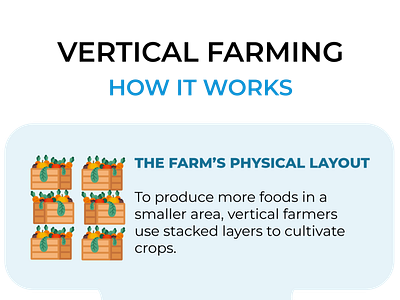Vertical Farms and How they Work by Gilles Berdugo
Instead of traditional farming on a single-level piece of land or in a greenhouse, vertical farming involves growing produce on inclined surfaces integrated into other structures. Contemporary indoor farming techniques are used. This includes the artificial control of light, temperature, and humidity to create an environment that replicates natural conditions. The objective of vertical farming is to maximise output in minimal space.
To understand how vertical farming works, it’s important to know that there are four critical areas:
1. The farm’s physical layout — To produce more foods in a smaller area, vertical farmers use stacked layers to cultivate crops.
2. Lighting — Perfect light levels are maintained using a combination of natural and artificial light. Some farms use technologies like rotating beds.
3. The growth medium used — Instead of using soil, vertical farming uses aquaponic or aeroponic growth mediums like coconut husks and peat moss.
4. Aspects of sustainability — This covers features that offset the associated energy costs of the farm. For example, this type of farming uses as much as 95% less water.
